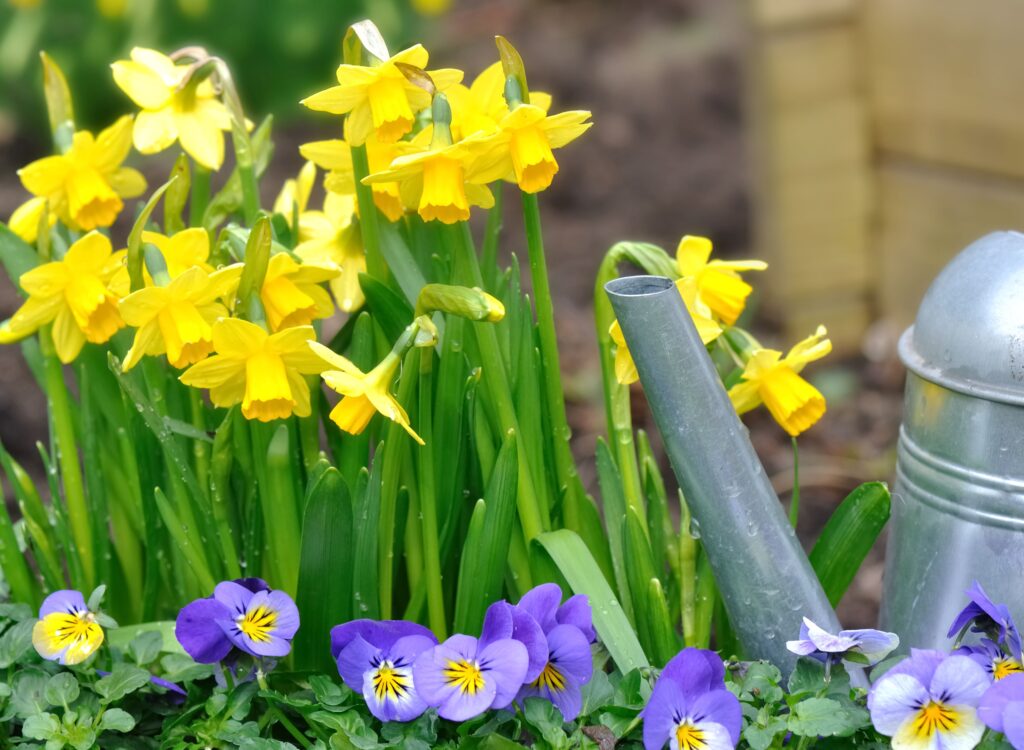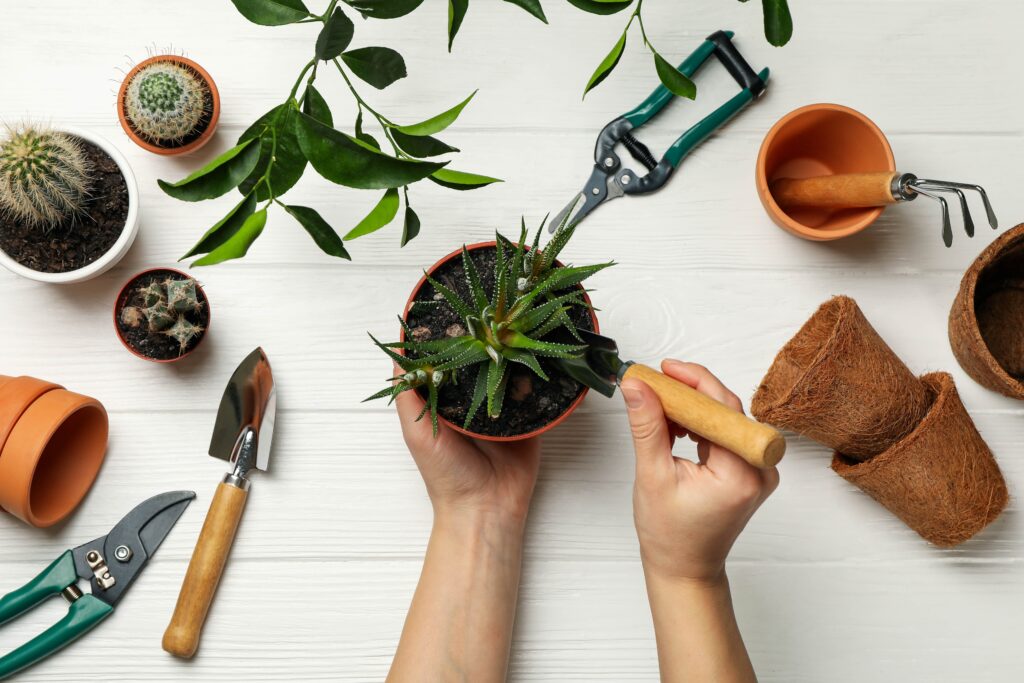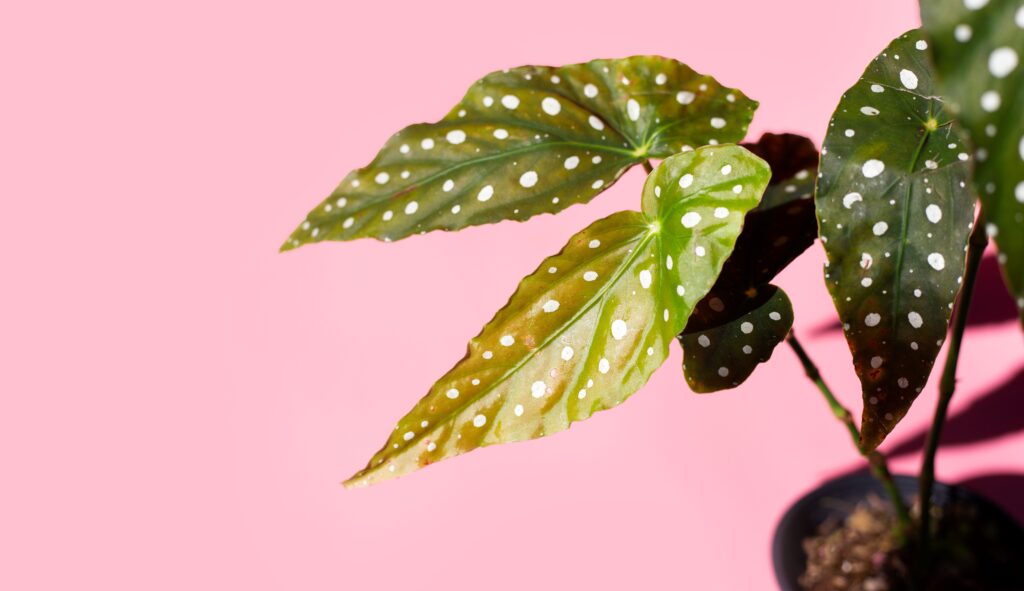Today, we’re going to uncover the secrets of one of the most charming and resilient flowers for your home garden – the daffodil. These golden beauties are the epitome of springtime joy, and guess what? You can cultivate them right in your backyard. So, grab your gardening gloves, and let’s dive into the how and when to plant daffodil bulbs!
A Brief Introduction:
Daffodils, scientifically known as Narcissus, belong to the Amaryllidaceae family. With their bright yellow or white petals and trumpet-like corona, they’re an iconic symbol of spring. Daffodils are also known for their resilience – they can brave chilly weather and bloom year after year, making them a must-have for any garden.
Choosing the Right Bulbs:
When you embark on your daffodil gardening journey, it’s essential to select the right bulbs. Opt for firm, plump bulbs, free from mold or blemishes. These are the healthiest and most likely to thrive in your garden.
How and When to Plant Daffodil Bulbs:
Now that you have your daffodil bulbs, it’s time to plant them. Fall/autumn is the best season for daffodil planting. Follow these steps:
- Choose the Perfect Spot: Daffodils prefer well-drained soil and partial to full sunlight. A spot with morning sun and afternoon shade works wonders.
- Dig the Hole: Plant bulbs about 6-8 inches deep, with the pointed end facing upwards.
- Spacing Matters: Leave a few inches between each bulb to give them room to grow and bloom.
- Water and Mulch: Water the area well after planting, and then add a layer of mulch to keep the soil insulated and moist.
Caring for Your Daffodils:
Daffodils are delightfully low-maintenance. Just a few things to keep in mind:
- Water Sparingly: Daffodils don’t like their feet to stay wet. Water them when the soil is dry to the touch.
- Deadhead Spent Blooms: Once the flowers fade, snip off the spent blooms to encourage healthy growth and prevent seed production.
- Let the Foliage Wilt Naturally: After flowering, allow the foliage to yellow and wither naturally. This helps the bulbs store energy for the next season.
Daffodil Varieties:
Daffodils come in an array of shapes, sizes, and colours. From the classic ‘King Alfred’ to the petite ‘Tete-a-Tete,’ there’s a daffodil for everyone’s taste. Consider planting a mix for a stunning springtime display.

Pest and Disease Control:
Daffodils are typically resistant to pests and diseases. However, watch out for narcissus bulb flies and squirrels. Use protective measures like wire mesh and repellents if needed.
To Conclude
With their timeless charm and ease of care, daffodils are a wonderful addition to any home garden. So, this fall, plant some daffodil bulbs and watch your garden come alive with the golden elegance of spring. Whether you’re a seasoned gardener or a beginner, these vibrant blooms will be a source of joy and inspiration. Check out our post here on crocus flowers if you want to add even more varitety to your spring garden.
Happy gardening!




